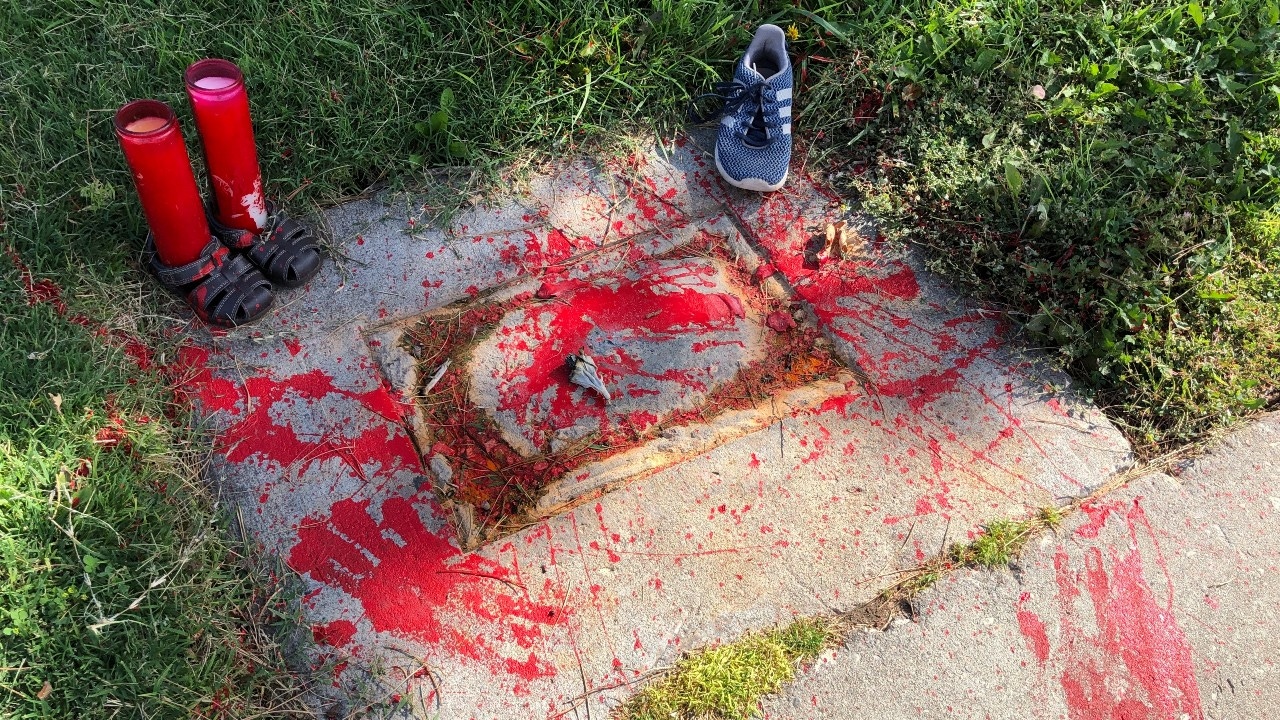Over 500 Native American boarding school deaths so far, US report finds
[anvplayer video=”5108374″ station=”998122″]
A first-of-its-kind federal study of Native American boarding schools that for over a century sought to assimilate Indigenous children into white society has identified more than 500 student deaths at the institutions, but officials say that figure could grow exponentially as research continues.
The U.S. Department of the Interior report released Wednesday expands to more than 400 the number of schools that were known to have operated across the U.S. for 150 years, starting in the early 19th century and coinciding with the removal of many tribes from their ancestral lands. It identified the deaths in records for about 20 of the schools.
“It’s really an emotional day for us at NABS (National Native American Boarding School Healing Coalition) and Indian country,” Samuel Torres, the deputy chief executive officer for NABS, told 5 EYEWITNESS NEWS.
List of Federal Indian Boarding Schools
“It’s a big deal because this is the first time the federal government has comprehensively painted a scope of this nature,” Torres added.

FILE - Red painted handprints cover the empty spot at a park in Albuquerque, New Mexico, on Thursday, July 1, 2021, where a historical marker for the Indigenous children who died while attending a boarding school nearby was removed. The U.S. Interior Department is expected to release a report Wednesday, May 11, 2022, that it says will begin to uncover the truth about the federal government's past oversight of Native American boarding schools. (AP Photo/Susan Montoya Bryan,File)
The dark history of Native American boarding schools — where children were forced from their families, prohibited from speaking their languages and often abused — has been felt deeply across Indian Country and through generations.
Many children never returned home, and the Interior Department said that with further investigation the number of known student deaths could climb to the thousands or even tens of thousands. Causes included illness, accidental injuries and abuse, officials say.
“Each of those children is a missing family member, a person who was not able to live out their purpose on this Earth because they lost their lives as part of this terrible system,” said Interior Secretary Deb Haaland, whose paternal grandparents were sent to boarding school for several years as kids.
The agency is in the process of poring through thousands of boxes containing more than 98 million pages of records, with help from many Indigenous people who have had to work through their own trauma and pain. Accounting for the number of deaths will be difficult because records weren’t always kept.
“A research number we’ve heard is at least 80% of indigenous children were forcibly removed an put in boarding schools,” said Deborah Parker, chief executive of the National Native American Boarding School Healing Coalition.
A second volume of the report will cover burial sites as well as the federal government’s financial investment in the schools and the impacts of the boarding schools on Indigenous communities, the Interior Department said. It has so far identified at least 53 burial sites at or near boarding schools, not all of which have marked graves.
“It’s still felt through native country in terms of intergenerational trauma,” said Gabe Desrosiers, who teaches American Indian languages and culture at the University of Minnesota-Morris.
“A lot of that still lingers even on this campus,” he added.
The list released Wednesday shows the University of Minnesota-Morris housed one of the schools on campus: Morris Industrial School for Indians. The university released the following statement in response to the report:
“The University of Minnesota Morris is committed to creating a campus community in which Native American students can connect with and deepen their knowledge of Indigenous peoples, nations, tribes, and languages; where Native cultures are more present and reflected throughout campus life; and where all members of our community benefit from knowledge and understanding about our shared histories and the people indigenous to this place.”
Desrosiers said he hopes the study sheds new light on the past.
“People need to know the true history of Indigenous people,” Desrosiers said.
At a news conference Wednesday, Haaland, who is Laguna, choked back tears as she described how the boarding school era perpetuated poverty, mental health disorders, substance abuse and premature deaths in Indigenous communities.
“Recognizing the impacts of the federal Indian boarding school system cannot just be a historical reckoning,” she said. “We must also chart a path forward to deal with these legacy issues.”
The U.S. government directly ran some of the boarding schools. Catholic, Protestant and other churches operated others with federal funding, backed by U.S. laws and policies to “civilize” Native Americans. The federal government still oversees more than 180 schools in nearly two dozen states that serve Native Americans, but the schools’ missions are vastly different from the past.
Archbishop Bernard Hebda, of the Archdiocese of St. Paul and Minneapolis, released a statement Wednesday calling the report “an important first step in what I anticipate will be a painful but necessary journey for our country and for our Church.”
The Interior Department report was prompted by the discovery of hundreds of unmarked graves at former residential school sites in Canada that brought back painful memories for Indigenous communities.
The Associated Press contributed to this report.